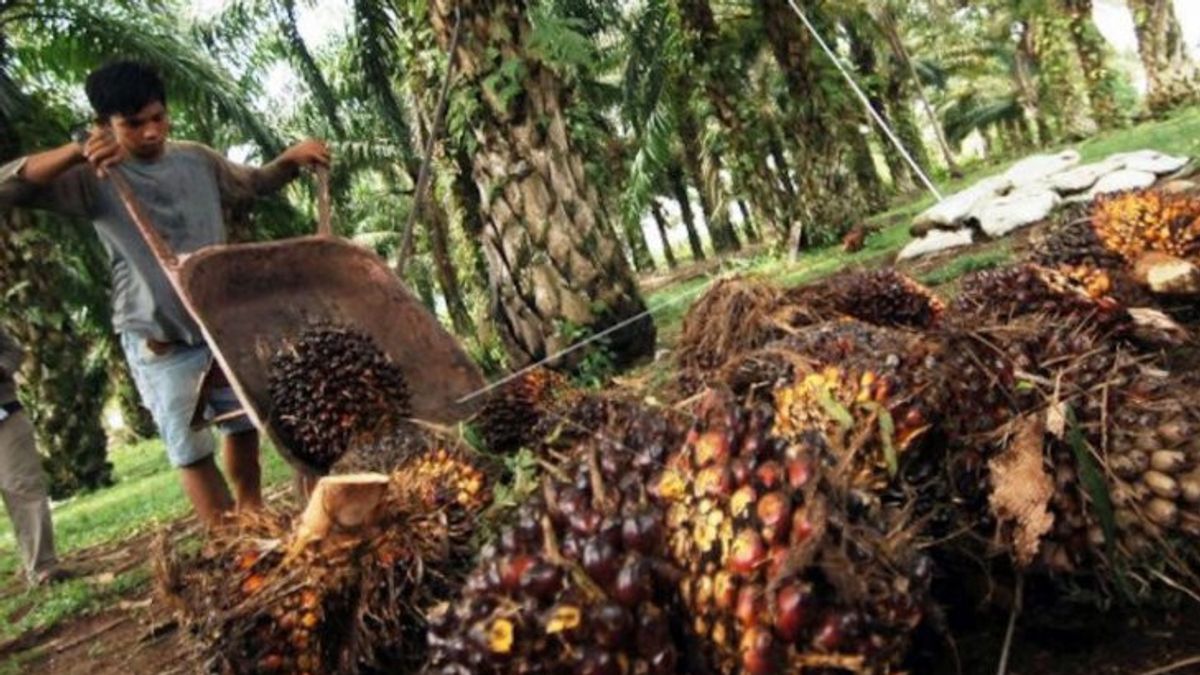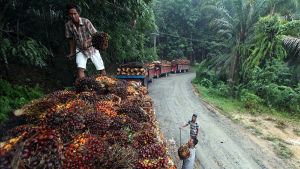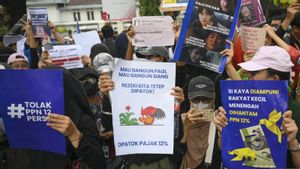JAKARTA - The Indonesian palm oil industry faces many challenges in 2023-2024. This is due to a number of factors. "The year 2023/2024 is a year full of challenges for the Indonesian palm oil industry, which is caused by a number of main factors," said Joko Supriyono, representative of the Indonesian Palm Oil Entrepreneurs Association (GAPKI) quoting Antara.
He explained that these factors include growing plantations, increasing production costs related to wages, fertilizers, logistics, and the implementation of sustainability, global demands for increased sustainability. He continued, implementation of the Job Creation Act, overlapping legal cases involving forest areas, lawsuits against a number of companies experiencing fire cases, and the enactment of EUDR (European Union Regulation on Deforestation-free Products).. In addition, a number of limiting factors have also had an impact on the production of palm oil, especially on the phenomenon of El Nino in 2023, slow rejuvenation, reduction in the use of fertilizers due to high prices, and inability to address the problem of increased productivity. "Regarding fertilizer, nitrogen-based fertilizer prices and phosphates consumed by oil palm farmers rose by almost 100 percent. These factors have jointly slowed down palm oil production," he said. El Nino Southern Oscillation (ENSO) analysis, in May 2023 showed a monthly ENSO index of +0.43 (neutral), with predictions from BMKG and other world climate centers showing the possibility of El Nino occurring in the second half of 2023. Therefore, the trend of rainfall in main palm oil plantations such as Sumatra and Kalimantan has shown a downward trend, potentially delaying the supply of palm oil. "If the rainfall continues to decline for three months, it will cause a drought. El Nino will indeed not affect production significantly but affect the slowness of palm oil cooking," he said.
According to Joko Supriyono, plantation age in Indonesia in 2023 showed that nine percent or 1.5 million hectares were plantations that had not yet produced optimally, while 91 percent or 14.5 million hectares consisted of plantations producing optimum. However, this is likely due to the expansion of the plantation area in the early 2000s," he said.
اقرأ أيضا:
However, he said, the increase in production volume was not offset by increased productivity so that the annual peak production cycle, which usually occurs in August-September, experienced a cycle pattern that changed this year. Not only that, he explained that another trend of concern was the decline in the productivity of fresh fruit bunches (FFB), which reflects the national productivity trend of palm oil (CPO). ) oil national. Meanwhile, the rejuvenation of oil palm plantations of the people, which aims to achieve the target of 500,000 hectares in three years, has reached a total of 323,000 hectares by 2023, with an average of 46,000 hectares per year.
The English, Chinese, Japanese, Arabic, and French versions are automatically generated by the AI. So there may still be inaccuracies in translating, please always see Indonesian as our main language. (system supported by DigitalSiber.id)











